If you're really after a capacitive touch sensor, this likely won't work at all because the aluminum plate is a short to ground. You're better off making an oscillator (ring or 555 based oscillator's are my favorites) that has a frequency based on R and C where C is two separate contacts where the touch sensor goes. A persons finger near the two contacts greatly changes the dielectric between the two contacts and you end up with a very different capacitance. With a different capacitance, you now have two different frequencies that your oscillator will ring at. It's actually a range of frequencies depending on how close the finger is, but that will be turned digital at the end.
Then you send the oscillator output into a high pass filter (small capacitor in series), set the DC operating point and then use a comparator with a chosen voltage level to determine whether the person's finger touched it or not.
There's always digital versions if you wanted to travel into uController land. Here's an app note by TI on capacitive touch sensors. A lot of the front-end concepts are the same regardless of whether you want to go digital immediately or just keep it analog until the end as I described above.

simulate this circuit – Schematic created using CircuitLab


